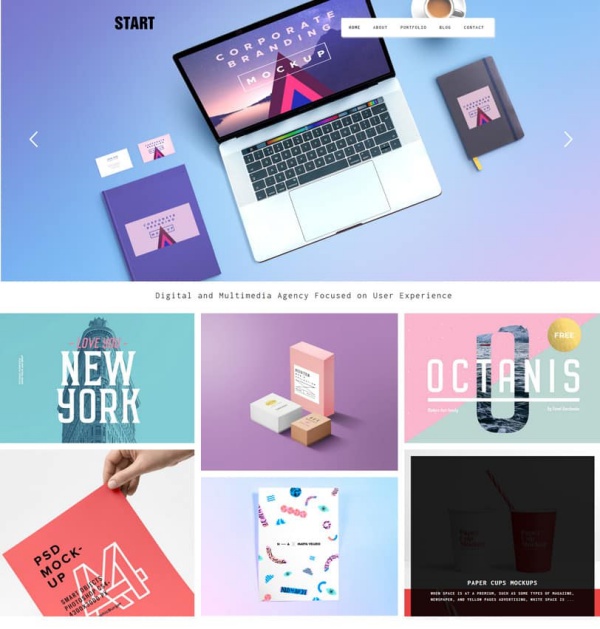You can do several things if you want to teach yourself graphic design skills. Some of them may take some practice and trial-and-error, but eventually, with a combination of skills, you can put together some professional-looking designs that look as if they were developed by a graphic design agency.

DIY Graphic Tips to Help Make You an Expert Designer
1. Mix and Match Fonts

There are thousands of different styles of lettering to choose from, so it can be confusing to know what pairs well together. A good way to start is to use one small font, and one large font then places one on top of the other. The difference between the two fonts will set off the design.
2. Blending colors

Now that you have some custom writing on your piece, you may need to add a photo or color to the background. There are imaging tools that help you match the exact color inside of a picture or background. Use a color wheel to find the perfect contrasting color for the fonts.
3. Layout

To produce symmetrical designs, place two, three, or four pictures side by side or in a 4X4 square. Use pictures representing the same theme. This will give the overall design interest, and it will still clearly convey your message.
4. Transparencies

A transparent image or shape can sit on top of the background and still allow the scene to play through. Setting off transparencies can be useful when you want to highlight an icon or logo like a digital design agency might do.
5. Shapes

Shapes are one way to add interest to solid colors. You must be careful not to overdo it or have too many odd angles. If a few of the designs are scattered sparsely in the foreground, it can also add movement.
6. Playing with color

A graphic design agency can use software to manipulate colors and hues. You can also experiment by dulling images to make them appear antique. Blurring a clear picture can make a soft background for bold fonts to sit on.
7. Cropping

Learning how to crop is a skill that every graphic designer masters at some point. Photographs are not always perfect. Cropping allows you to remove distractions or unnecessary elements.
8. Themes

Themes express the overall feel of your work. They encompass images, colors, and fonts. Mixing themes can cause confusing patterns that do not always look professional. Keep items focused on one theme at a time.
9. Social media dimensions

You may find yourself creating works for profile pages, advertisements, or viral content. You will want to keep a list of each social media’s formats and dimension requirements.
10. Show off your work

The final process for a graphic designer is to display your product to clients and fans. If you are showing your designs to a possible client, make sure they are cohesive to their business. If you are showing off your newfound graphic designer skills to friends and family, ask for feedback. You may learn more about your work from their comments and suggestions.
